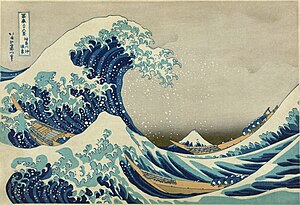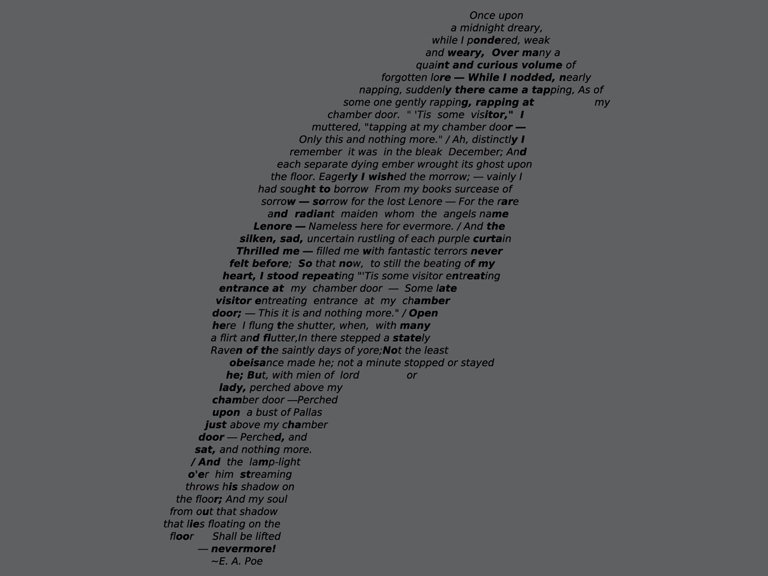"Nothing is so perfectly amusing as a total change of ideas"
-Laurence Sterne
"Do I contradict myself? Very well, then I contradict myself, I am large, I contain multitudes"
-Walt Whitman
The reason I decided to join Laurence Sterne and Walt Whitman into a single post it's because I think they were both specially daring to their societies and corresponding times. Authors that mess too much with sexual issues have always problems with pubic opinion, but these two guys didn't care that much about that.
Laurence Sterne himself seems to me a weird literature treasure since he was higly influenced not only by the Rabelais, but by the great and unforgettable Cervantes... what a great mixture! Besides, what kind of weird and naughty novel divided in 9 volumes introduces the main character and hero until the 3rd volumen?! Seems almost like a joke, a daring joke that just invites you to want to know more about him.
Walt Whitman is surely a man you can flatter as well. It's overwhelming how he can basically talk about everything: the earth, nature, cities, democracy, the human body, the human essence, love, sex, beauty and so on... Of course, he was pretty hated by some people, but sometimes to be great, you have to create controversy, and he certainly did a good job on that; I think he actually liked it and made it on purpose.






